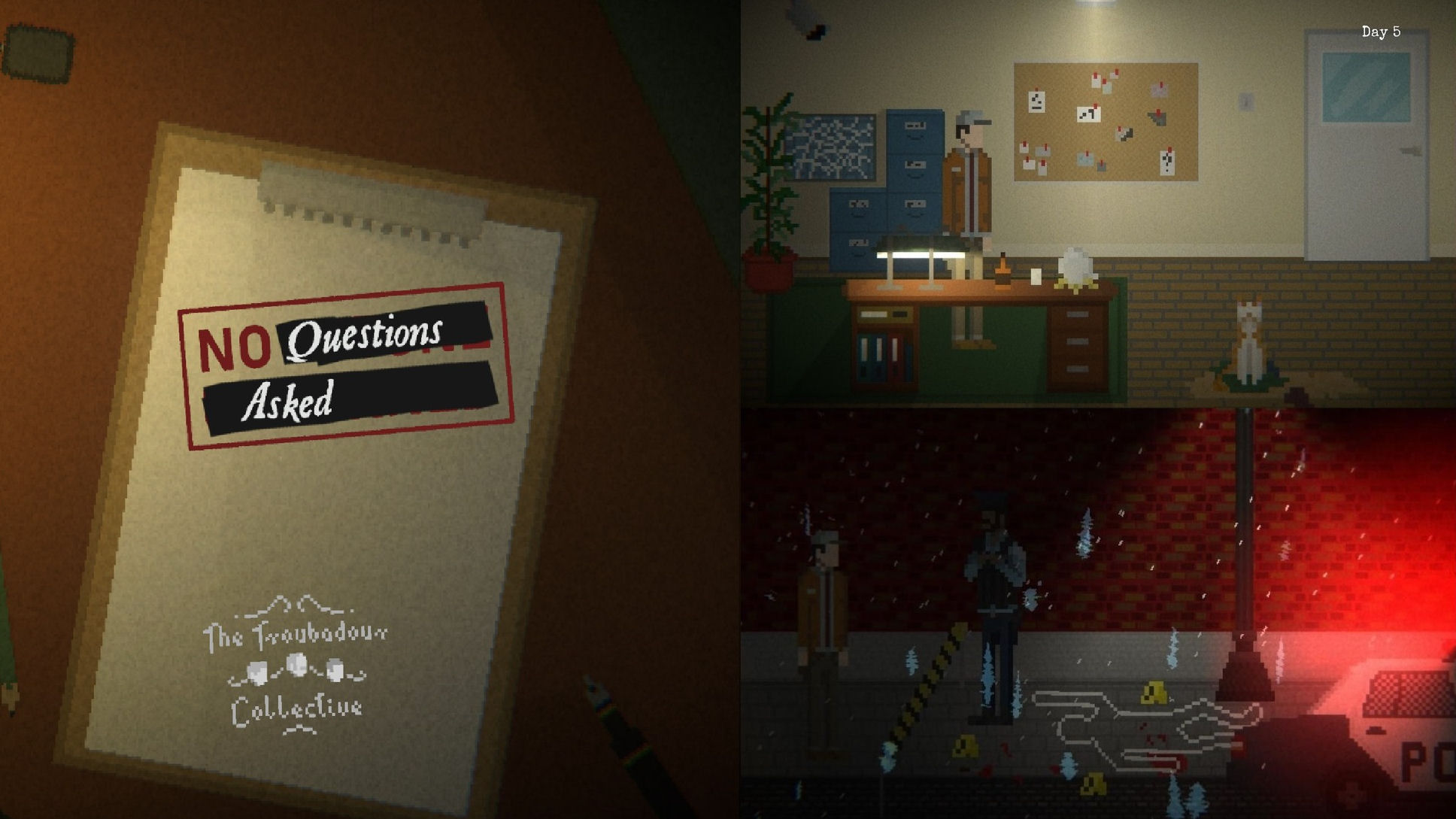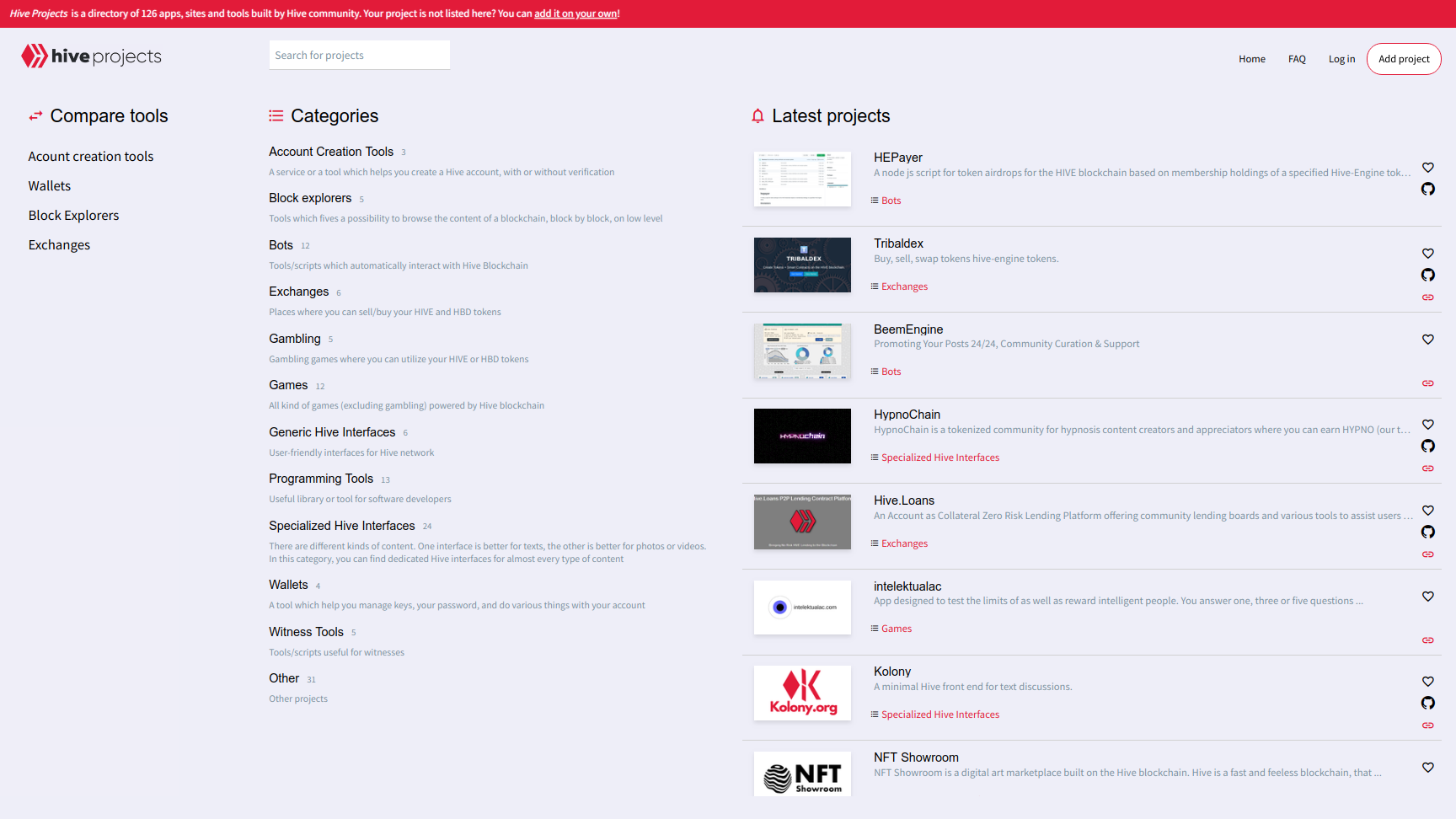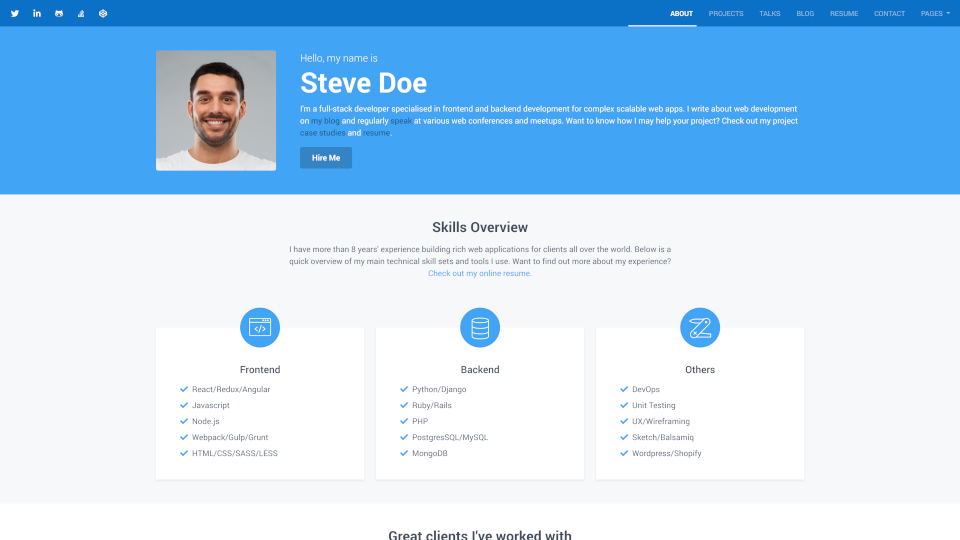Test Case Study - Design for Life

Project Background
The 'Fundamentals of Software Testing' course offered by QATestLab Training Center was designed to provide a comprehensive understanding of software testing principles and methodologies. The course emphasizes practical application and real-world scenarios, preparing participants for industry-standard testing practices. The initial task, which served as an introduction to the course, required familiarizing with the Mantis Bug Tracker by identifying and reporting bugs based on a video recording. In the video, a user navigated a simple website called 'Design for Life,' showcasing the page layout, navigation, and interactions with various page elements.
This course is particularly notable for its emphasis on high standards in bug reporting and meticulous attention to detail. Participants are expected to not only find and report bugs but also to ensure their reports meet rigorous quality criteria. This approach aims to develop critical skills in precision and clarity in communication, which are essential for effective software testing.
My Role in This Project
In this task, my role was to identify and document bugs using the Mantis Bug Tracker system. The video provided numerous opportunities to practice bug identification, with many obvious and some subtle errors. The assignment required up to three bug reports, focusing on the quality rather than quantity of the submissions.
I received specific environment data and guidelines to ensure the bug reports were comprehensive and aligned with the 'What? Where? When?' principle. This included precise descriptions of each bug, the steps to reproduce the issues, and relevant context to facilitate the verification process by QATestLab Training Center employees.
My approach was to meticulously analyze the video, identify the most critical and diverse bugs, and document them in a way that would meet the high standards set by the training center. This included using clear, concise language and ensuring that all necessary details were provided to enable easy replication and verification of the issues.
Challenges
While Mantis Bug Tracker itself is a straightforward tool with a user-friendly interface, the challenge lay in the reporting process. Each bug report was subject to manual review by a QATestLab Training Center employee, requiring high accuracy and adherence to specific standards. Theoretical knowledge had to be effectively translated into practical application, with no room for errors or omissions.
The primary challenge was ensuring that each bug report was precise, comprehensive, and aligned with established standards. This meant that even minor mistakes could lead to the rejection of the bug report, necessitating resubmission with corrections. This rigorous approach taught me the importance of attention to detail and the need for meticulous documentation in software testing.
Another challenge was selecting the most relevant bugs to report. Given the video contained more errors than required for the assignment, I had to prioritize bugs based on their impact, severity, and diversity. This involved critical thinking and decision-making to ensure that the most significant issues were addressed in my reports.
The Task
The task required identifying and reporting up to three bugs based on a video recording of a user navigating the 'Design for Life' website. Although more bugs were evident, I focused on selecting those that were varied in terms of priority and severity. This approach allowed me to test different report parameters and ensure a comprehensive understanding of the bug reporting process. Here are examples of the bugs found on the homepage:
- The name of the tab has a different style than the others.
- The search button is larger than the search box.
- A typo is present in the main header.
- The footer date is set to a future date.

I ultimately decided to report the following three bugs, selected for their diversity and relevance:
[Click on a link to expand its description]
- Issue #0933301: The image is missed on the carousel on the 'Design' page
- Priority: high
- Severity: minor
- Reproducibility: N/A
- Platform: Google Chrome 87.0.4280.88
- OS: Windows
- OS Version: 10 x64
Description: One of the images on the top carousel is missed on the 'Design' page.
Steps To Reproduce:
- Open page http://trainingcentre.wixsite.com/design.
- Pay attention to the top images carousel.
Actual result: One of the images on the top carousel is missed on the 'Design' page.
Expected result: All images on the top carouser are presented on the 'Design' page.
Screenshot:

- Issue #0933305: The 404 error is shown on the 'Projects' page after clicking on the top menu
- Priority: high
- Severity: major
- Reproducibility: N/A
- Platform: Google Chrome 87.0.4280.88
- OS: Windows
- OS Version: 10 x64
Description: The 404 error (page not found) is shown on the 'Projects' page after clicking the 'Projects' link in the top menu on the 'Design' page.
Steps To Reproduce:
- Open page http://trainingcentre.wixsite.com/design.
- Click the 'Projects' link in the top menu below the header image.
- Pay attention to the error message at the center of the page.
Actual result: The 404 error (page not found) is shown on the 'Projects' page after clicking the 'Projects' link in the top menu on the 'Design' page.
Expected result: The 'Projects' page is shown on the 'Projects' page after clicking the 'Projects' link on the 'Design' page.
Screenshot:
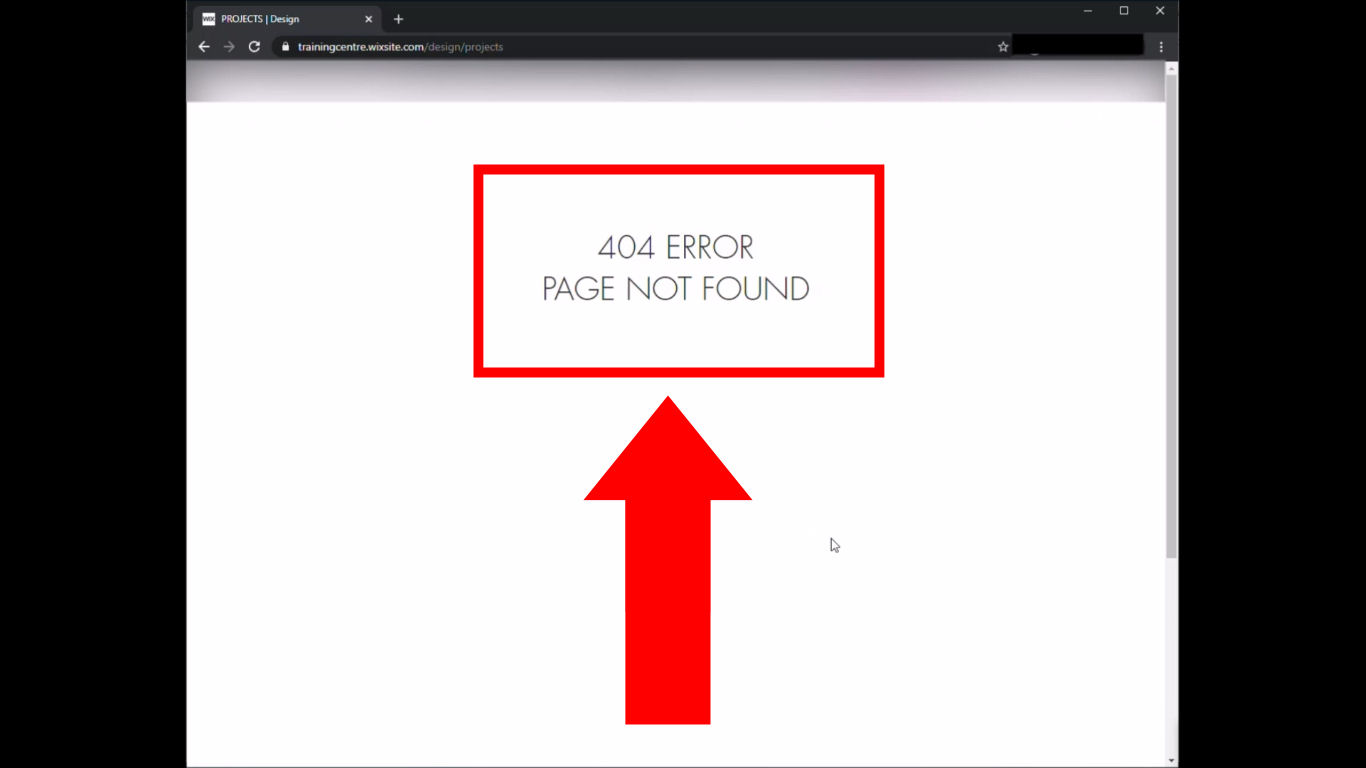
- Issue #0933311: The design page is not scrolled to the top after clicking the 'Up' button
- Priority: low
- Severity: minor
- Reproducibility: N/A
- Platform: Google Chrome 87.0.4280.88
- OS: Windows
- OS Version: 10 x64
Description: : The 'Design' page is not scrolled to the top after clicking the 'Up' button at the bottom of the page right above the footer.
Steps To Reproduce:
- Open page http://trainingcentre.wixsite.com/design.
- Scroll to the bottom of the page.
- Click on the 'Up' button on the right side above the footer.
- Pay attention to the current position on the page.
Actual result: The 'Design' page is not scrolled to the top after clicking the 'Up' button on the bottom of the page.
Expected result: The 'Design' page is scrolled to the top after clicking the 'Up' button on the bottom of the page.
Screenshot:
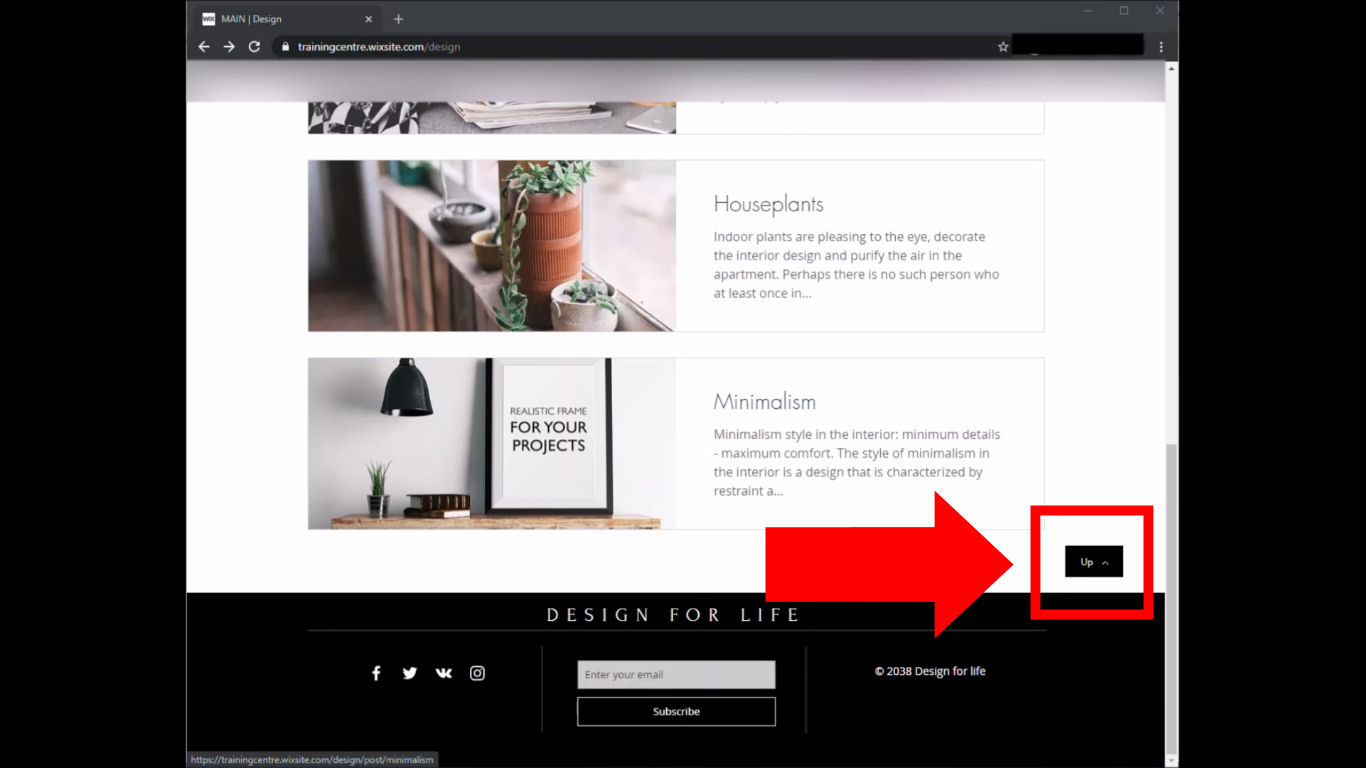
What I Learned
The first task of the QATestLab Training Center's 'Fundamentals of Software Testing' course provided valuable insights into the technical aspects of bug reporting and the importance of following established standards. The exercise reinforced the need for precision and clarity in documenting bugs, ensuring that reports are easy to understand and replicate.
One of the key lessons learned was that finding a bug is only part of the process; effectively communicating the issue is equally important. Detailed and accurate descriptions are crucial for ensuring that bugs can be verified and resolved efficiently. This task also highlighted the importance of prioritizing issues based on their impact and severity, a critical skill in software testing.
Returning to Mantis Bug Tracker after a significant period allowed me to see how my skills in bug reporting had evolved and improved. The experience reinforced the importance of continuous learning and adapting to new challenges in the field of software testing.



